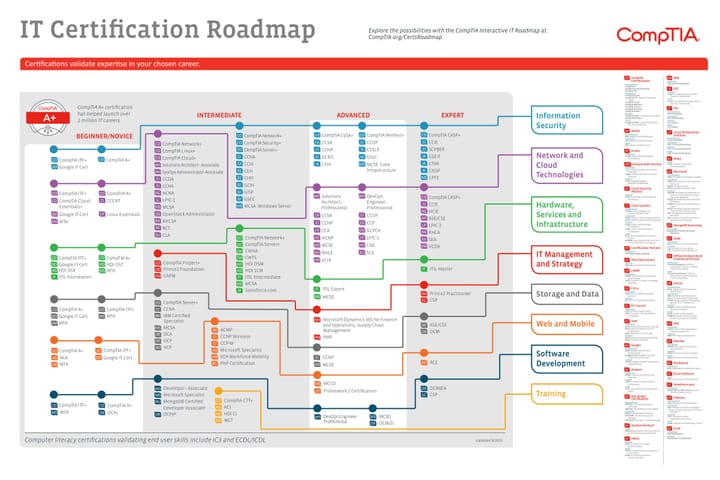Navigating the Path to Chief Information Officer (CIO): A Career Journey

The role of a Chief Information Officer (CIO) has become increasingly pivotal for organisations seeking to harness the power of technology for strategic growth. In this blog post, we will explore the career path to becoming a CIO and the essential steps along the way.
1. Educational Foundation:
The journey to the CIO position often begins with a strong educational background. Many successful CIOs hold degrees in computer science, information technology, or a related field. Advanced degrees, such as an MBA, can also enhance leadership and business acumen, crucial for higher-level executive roles.
2. Technical Expertise:
Building a solid technical foundation is a cornerstone of the CIO career path. Successful CIOs typically have hands-on experience in areas like system architecture, network management, and software development. This expertise not only fosters credibility but also ensures a deep understanding of the technological landscape.
3. Leadership Development:
Moving into leadership roles is a natural progression on the journey to becoming a CIO. Transitioning from technical roles to managerial positions allows aspiring CIOs to hone their leadership, communication, and strategic thinking skills. Leadership development programs, workshops, and mentorship can provide valuable insights into the nuances of leading technology teams.
4. Project Management and Execution:
CIOs are responsible for overseeing complex projects that drive organisational objectives. Experience in project management is crucial, as it helps develop the ability to align technology initiatives with business goals, manage resources effectively, and deliver projects on time and within budget.
5. Business Acumen:
As technology increasingly becomes intertwined with business strategy, CIOs need a deep understanding of organisational dynamics and industry trends. Developing business acumen involves actively participating in strategic planning, understanding financial aspects, and collaborating with other business units to align technology initiatives with broader company objectives.
6. Communication and Collaboration:
Effective communication is paramount for CIOs who must translate technical complexities into actionable insights for non-technical stakeholders. Building strong collaborative relationships with other C-suite executives, department heads, and external partners is vital for successful technology integration and innovation.
7. Stay Current with Technology Trends:
Given the rapid pace of technological advancements, staying abreast of the latest trends is non-negotiable for CIOs. Continuous learning, attending industry conferences, and participating in professional networks help CIOs stay ahead of the curve and make informed decisions about technology investments.
8. Strategic Vision:
CIOs are not just technologists; they are strategic leaders who align technology initiatives with overall business strategy. Developing a visionary mindset involves understanding how technology can be a catalyst for innovation, efficiency, and competitive advantage within the organisation.
9. Network and Mentoring:
Building a strong professional network and seeking mentorship from experienced CIOs or senior executives can provide invaluable guidance and open doors to opportunities. Learning from the experiences of others who have navigated the CIO career path can offer insights and shortcuts to success.
10. Continuous Improvement:
The journey to becoming a CIO is an ongoing process of learning and improvement. Embrace a mindset of continuous development, adaptability, and resilience in the face of challenges. CIOs must be agile leaders who can navigate the complexities of technology and business landscapes.
In conclusion, the career path to becoming a Chief Information Officer is a dynamic journey that requires a blend of technical expertise, leadership development, strategic vision, and continuous learning. By cultivating a diverse skill set and staying attuned to the evolving technology landscape, aspiring CIOs can chart a course towards executive leadership and play a crucial role in shaping the technological future of their organisations.


Comments ()